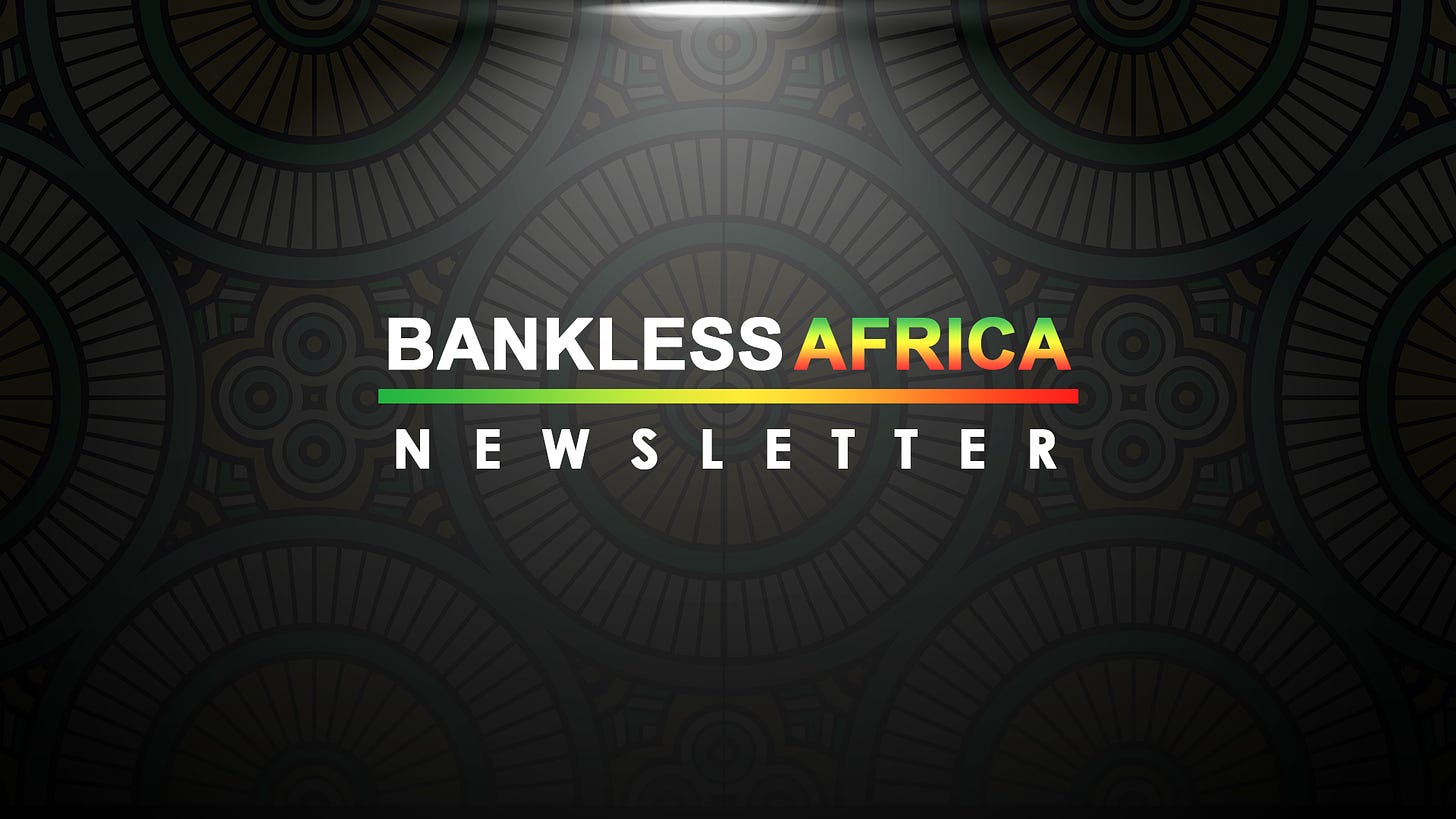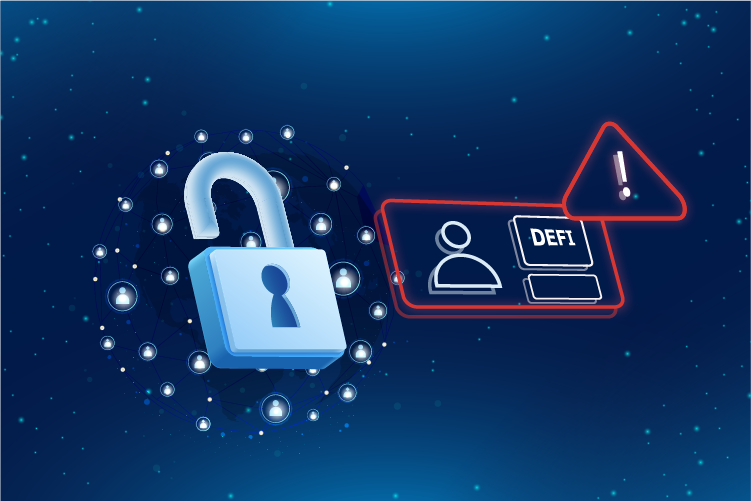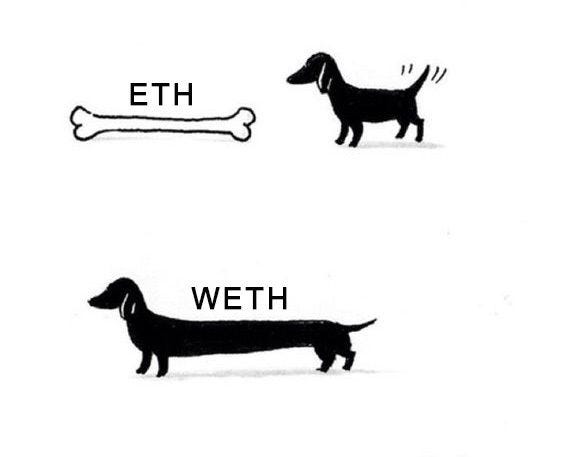Blind signing in DeFi | NFTs: A Game-changer for Education?| Bankless Africa Newsletter
Stay up to date with Web3 alpha, insights, news and opinion in and around Africa and the Diaspora. Subscribe Now!
Hey, Bankless fam!
We have had quite an amazing journey so far. This season, Bankless Africa has brought you more activities and introduced you to the innovations that have sprung up. We are geared up to break milestones as we wind down towards the end of the season.
Over the weekend, there have been celebrations across Nigeria; the country celebrated its independence, hitting the 62-year mark. There have been significant advancements by Nigeria, particularly in the Web3 space. We would like to take this moment to give a big thank you to those who are in our community and congratulations on this formidable milestone. Our podcasts are taking a new direction, a positive one; every episode going forward can now be minted as an NFT. This has been made possible using the kickback platform; this move will allow us to continue our building of a listener base that is more crypto native or, at the very least, become a point of entry for those who are new within the space. You, as a listener, have the opportunity to be among the first few people to have a minted Bankless Africa episode by listening to our most recent episode, starting with the 16th Sats & Gwei episode, and minting it afterward!
In Bankless Africa, we focus quite a lot on education, and we continue to show this in our editorials. In this issue, we look at NFTs and how they could be a game changer for education. We delve into why Africans should care about this development and its benefits. With Osinachi, a self-taught Nigerian digital artist, announcing the launch of his accelerator program, we are set to have more eyes in the NFT space. Despite the intense bear run, it is good to see more amazing events and innovations happening across the continent. So do yourself a favor and take your time to digest this issue, as we bring all this news in the space to you.
Contributors: Quilia, Brandon K, Winverse, Oge, Cisco, Angel Speaks, Paulito, Miss Purple, Yofi
🏴 Inside Bankless Africa
Listen To The Newest Episode Of The Bankless Africa Podcast
Like, Share, Retweet, and Subscribe to our podcast.

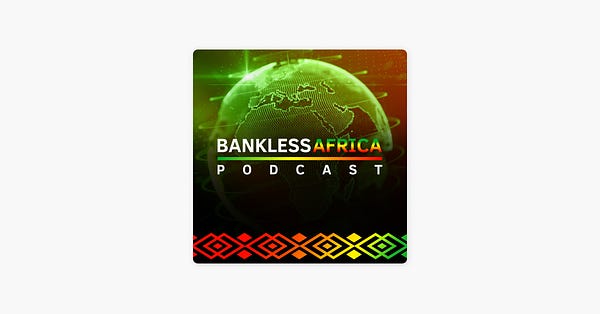

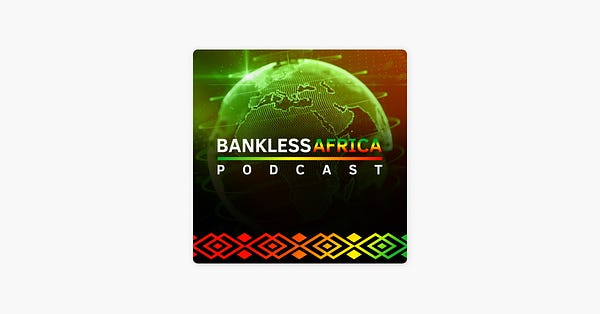
DEFI DEGEN CORNER
Blind signing in DeFi
Author: Brandon K
What is DeFi?
Decentralized Finance (DeFi) is a revolutionary application of blockchain technology. It is a step towards making financial services accessible to all - providing a means for the unbanked to be served and hopefully become financially independent. However, given that this industry is only a couple of years old, there are still multiple shortfalls when it comes to its complexity and lack of security. It is not yet sufficiently user-friendly and has a long way to go in order to combat the barrage of hacks and scams that plague the space today.
DeFi essentially provides the user with a way to perform financial transactions in a manner that does not rely on a third party. Any financial instrument banks or stock brokers offer can be accessed independently. This includes simple trading, sending and receiving digital assets, and more complex instruments such as derivatives, leverage, or margin trading.
How can I use it?
As mentioned above, DeFi is an application of blockchain technology and is implemented in technical protocols that are made up of multiple smart contracts. Smart contracts are essentially just pieces of code that implement specific rules or apply coded logic that enforces particular operations (like sending or receiving digital assets). The execution of these operations is referred to as a “transaction”. In order to send a transaction, one must “speak” to a contract - by initiating a specific transaction - and tell it to execute specific parts of its code - this is the basis of how to interact with DeFi. The transaction consists of data that contains instructions for the smart contract in a format that it will understand.
In order to actually execute the action you require, you need to create this transaction and send it to a smart contract - this is where the complex nature and lack of user-friendliness comes into play. There are two primary ways that this can be done; programmatically construct transaction data by yourself and ‘talk’ to smart contracts directly or alternatively, use a “wallet” such as MetaMask to connect with the web application of a DeFi protocol (DApp), such as Uniswap or PancakeSwap.
What is “blind signing” and why is it dangerous?
Interacting with DeFi through a DApp is the most user-friendly solution because the DApp actually creates the transaction data automatically for you. The flow of interacting with a DApp is illustrated below:
The issue of “blind signing” comes up in the final stage of the flow. The action of “signing” basically means that you are opening up your wallet for a smart contract to access your digital assets. This is the normal process of how DeFi operates but it also means that you can accidentally sign a transaction that will result in your assets being stolen. The transaction that the DApp creates and sends to the user’s wallet is in a format that a smart contract will understand but not in a format that a human will understand.
If you want to execute a transaction, you need to sign it, but the fact that you can’t fully understand what it will do when you execute means that you essentially sign it blindly, trusting that it will do what you expect of it, nothing more, nothing less. This means that if there was some kind of hack on the DApp or on the underlying smart contracts, you could essentially be signing a transaction that will result in the hacker gaining access to the funds in your wallet.
Blind signing has been the cause of many billions of dollars being stolen from unsuspecting victims. Users can be prompted to sign on where either the transaction itself is malicious or the DeFi project being interacted with is simply ill-intentioned. Malicious transactions will directly grant a bad actor access to funds in the users’ wallet and funds are stolen very soon after the transaction is signed. The ‘second class’ in this case being a malicious project, does not automatically give access to the funds in your wallet but interacting with a DeFi project that has malicious intentions could result in your investment losing most or all of its value (this is known in the space as “rug pulls”).
How to approach this problem
One way to approach this problem is to translate the transaction data in your wallet into human-readable information which explains exactly what will happen if you sign the transaction. Wallet providers have started to make improvements in this direction but the current state is nowhere near good enough. With current solutions, you still need to be extremely technical to understand what will happen when a transaction is signed and even if you understand this, there are still hidden risks that a user may not be fully aware of. In order for DeFi to progress and gain mass adoption, the complexity of transaction signing and the lack of transparency around it needs to be overcome.
An interesting product called Redefine, has developed a DeFirewall, which provides a solution to this problem. The DeFirewall is comparable to a traditional Firewall that stops malicious software from infecting your computer. In this case, the DeFirewall creates transparency for the user to prevent them from signing on transactions that could ultimately result in the loss of funds. Along with translating a transaction into a human-readable format, the DeFirewall also provides a risk assessment of each transaction so that at the very least, a user can make a completely informed decision on whether or not to sign a transaction.
The DeFirewall has proven its effectiveness in many recent attacks that have taken place. Most recently, there have been a string of incidents where the front-end of popular DApps was compromised and the attacker created a malicious transaction for users to sign on. Examples of DeFirewall’s response can be seen from the recent Curve, Convex, and Celer front-end attacks.
Another interesting project is Forta, a real-time detection network for security & operational monitoring of blockchain activity. As a decentralized monitoring network, Forta detects threats and anomalies on DeFi, NFTs, governance, bridges and other Web3 systems in real-time.
Given timely and relevant alerts about the security and health of owned or dependent systems, protocols and investors can react quickly to neutralize threats as well as preventing or minimizing the loss of funds.
DeFi in itself has the potential to change the world for the better. It is a community effort to continue building tools and developing technologies that improve the accessibility and security of DeFi and help it progress towards realizing its full potential. Projects like Redefine and Forta are exactly what retail users and institutions need to be able to get crypto into mass adoption with less avoidable risk.
📰 News & Opinion In and Around Africa
NEAR Protocol Foundation Allocates $11 Million to the Kenya Regional Hub Sankore 2.0
Author: CryptoGuru
The NEAR Protocol Foundation reported in a 2022 transparency report that it gave around $33 million to 3 regional centers throughout the world to support the connection of people wherever they are. The lone African hub on the list is Kenya's Sankore 2.0 hub, which got $11 million.
The Foundation selected these areas based on a number of variables, including but not limited to: Web3 adoption, the number of developers, the regulatory system, and available capital. The Foundation will introduce the NEAR Digital Collective, which is an ecosystem-wide self-governance treasury, in order to develop further and decentralize the NEAR ecosystem (NDC).
The Foundation thinks hubs are necessary to have all around the globe in order to engage with people where they are—through local events, in local languages, to discover the finest individuals wherever they are, and creating connections with local groups. This is part of NEAR's ambition to reach one billion people.
Binance Relaunches Crypto Futures in South Africa
Author: Kodzilla
One of the biggest cryptocurrency exchanges in Africa, Binance, has partnered with FiveWest OTC Desk, one of the top fintech service providers in South Africa for trading pairs, to bring back cryptocurrency futures trading on its platform.
The news followed the introduction of a fiat gateway for the South African Rand (ZAR) as part of the company's product lineup, which is aimed at it growing its local presence in the area.
Given that the exchange had previously banned its derivatives products in October 2021 after receiving a warning from South Africa's Financial Sector Conduct Authority (FSCA), reports claim that the product was the result of extensive compliance and regulatory processes.
Kenya Hosts Polygon's First Web 3.0 Bootcamp in Africa
Author: Maingi Gichuku
A web3 bootcamp and hackathon lasting eight weeks is being held by Polygon as its first-ever event in Kenya. With Xend Finance, a global cryptocurrency bank, co-sponsoring the camp, they aim to provide financial incentives for developers, while also giving ****them the necessary training and education for further blockchain development.
The bootcamp will be made up of a two-week hackathon and a six-week learning phase; to compete for significant cash prizes and mentoring awards, participants must develop decentralized projects on the Polygon Blockchain. Upon completion of the event, certificates will also be handed out.
Africa's Foremost Crypto Artist' Osinachi Announces African Creator Accelerator Program on MakersPlace
Over the past years, the NFT market has expanded quickly, reaching new highs in terms of global adoption. With so many projects still under development, we are set for even more activity within the NFT space.
On MakersPlace, Osinachi, the self-taught Nigerian digital artist, has announced the launch of his accelerator program, which will enable African creators and artists to exhibit their work and receive the exposure & long-awaited recognition they so richly deserve. Selected candidates' artwork will be displayed on Nov. 3 at the accelerator program's Lagos debut, and six artists who pass the initial round will also have a follow-up exhibition in Miami.
Cryptocurrency Meets Residents’ Economic Needs in Sub-Saharan Africa
Author: CHAINALYSIS TEAM
From the article written by the chainalysis team, there are 3 major ways cryptocurrency meets residents' economic needs in sub-saharan africa:
In contrast to other locations, Sub-Saharan Africa has a distinct retail market.
6.4% of the total volume of transactions are small payments under $10,000 USD. More information on this dynamic is provided by Adedeji Owonibi, founder of the blockchain consultancy and product studio Convexity in Nigeria.
In Africa, P2P exchanges handle 6% of all cryptocurrency transactions. With a 55% increase in remittance customers year over year, Sub-Saharan Africa is a key growth driver for Paxful. Regulations that restrict cryptocurrency operations may also be encouraging P2P exchange use.
Remittance inflows to Sub-Saharan Africa are anticipated to increase by 14.1% to $49 billion in 2021, continuing its long tradition of importance for the region's economies. In Nigeria, where moving money abroad is challenging due to strict financial controls, cryptocurrency adoption for business purposes is on the rise. According to Adedeji Owonibi of Paxful, several companies that rely on foreign suppliers have started using cryptocurrencies for payments. As long as people in Sub-Saharan Africa experience problems that cryptocurrencies have been shown to be able to solve, the usage of cryptocurrencies in the region will increase.
🥷🏾 Airdrops Hunter

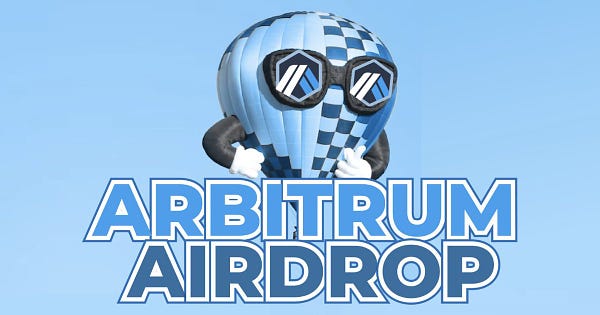

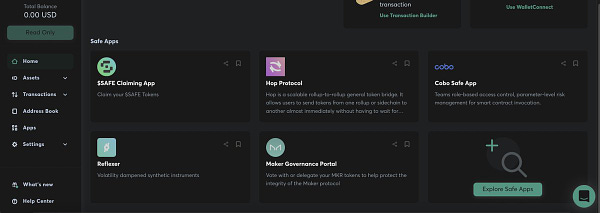

NFTs: A Game-changer for Education?
Author: Quilia
Why exactly should Africans care about NFTs?
NFTs have been quite the focal point for the past year or so, even making headlines on fancy newspapers, blogs, magazines and conferences. Its exponential rise to fame started in 2017 when the Cryptokitties - a web3 game based on the Ethereum Network - first launched. At first, many felt that it seemed like another ‘white-man’s’ playground, but surprisingly, with a bit of intentional inception of web3 tools into Africa, within the communities and the overall advancement in technology, NFTs have taken center stage across the different platforms of the internet. According to a Veecon 2022 conference recently held in the US, NFTs are “a unique unit of data that is used to log and authenticate digital contents”; this could be videos, audio files, images, basically anything; and of course, they can be traded.
African Americans and Africans as a whole are the top parades of people actively involved in the crypto game, particularly in the currency exchange business. However, there is a considerable amount of people who are already exploring NFTs; they have a catalog of practical uses and it has proven to potentially be a much ‘safer & perhaps more secure form of media’ for them.
Black people from different parts of the world are known for their innovative, outstanding creatives and their various pools of talent from traditional art, to music & technological skills to name a few. In a bid to make a living out of what they do best, creators should not underestimate the massive potential of this art form; understandably, issues like internet access make it difficult to get into the space, however where one is able the exploration is definitely worth looking into. The first recorded African web3 artist to debut an NFT sale in Africa was Osinachi, a Nigerian, who generated his own art collection using Microsoft word. He sold the art at $68,000 and has since maintained the spot as one of Africa's foremost NFT artists.
The NFT market has the ability to catapult an individual’s creativity into the global space for potential collaborators and collectors to access. It also gives Africans access to an income stream that is often devoid of the typical issues that plague black and brown people.
Benefits of NFTs for students in Africa
Much has been discussed and debated about the standard of education in Africa and how some of it leaves much to be desired. Part of the contributory factors to this backward progress is said to be the internet itself. It is now almost a foregone conclusion that before the internet was this widely adopted, the issues of bad governance particularly within the education sector and the loss of interest in pursuing a supposed ‘brighter future’ was not as rampant as it is now. The vast adoption of smartphones, tablets and other gadgets has caused many students to feel that the false hope of getting rich quickly with minimal effort is in fact possible, particularly amidst the struggling state of the African economies; inevitably though, there may be some good to come out of this misaligned curiosity, however, no guarantees can be made.
The right kind of adoption of the tools in and around web3, could help solve some of the many problems that African students encounter during learning. The market value of NFTs has seen an increase from around $340 million to a current approximate of $4.4 billion with a Compound Annual Growth Rate(CAGR) forecast of 23.9%, according to Blueweave Consulting. This allows some kind of certainty into the longevity of NFTs, the real question though, is how are they going to shape education for Africa?
Credential Validation
Students could receive their accreditations as a proof of skill possession or knowledge in a particular course/field as NFTs, which are much more difficult to lose or forge. As a result of the rampant falsification of records, it has become pretty difficult to verify an individual’s skills/qualifications. NFTs can be given out in universities for validation purposes, any form of badge or degree can be issued out, stored & authenticated through a code by the institution itself. Some DID (Decentralized Identity) protocols such as Orange protocol & Dapper Lab, implement web3 models to create reputation proofs as NFTs. This reduces the fuss of having to contact each issuing institution for proof of record each time a person presents their certificate.
Skill Promotion
Education isn’t just about books, it can also be about allowing access to a different form of exploration; students who are skilled in different types of art like drawing, music, writing, or even scrapbooking, can put their creativity out into the world in the form of NFTs. It allows them to have exclusive control over their own work, helps them prove originality and eliminates the chances of falling into the hands of bad actors. For example, Bankless Academy, under BanklessDAO, is an education based community that issues out NFTs for skill promotion whilst educating people on the benefits of cryptocurrency, DeFi and other web3 facets through courses such as Notion Ninja.
Use of MetaVerse
Students can also benefit from the exploration of the Metaverse. Higher institution students can use the technology to create virtual campuses that are directly reflective of their real ones, where they can then interact digitally & engage in other activities autonomously, reducing a possible physical toll for those who are not able bodied. This brings in the use of NFTs as they are able to be used as a form of recording and sharing of learning activities to show that they actually went through the process.
Sale of Books
NFTs also have some in-classroom applications; they can be used in the purchasing of digital textbooks for students. A recommended textbook can be put out by authors in the form of an NFT, minted, used and even resold. Principally, due royalties are awarded to the author or owner for every resale made. The introduction of NFTs into the educational sector will not only promote a student’s artistic skills but also give them access to tools that can often be difficult to procure.
But when it is all said and done, the lingering questions remain, 'Is Africa really ready to accept this new system of education? How soon would they be implemented? It is a glaring fact that it is pretty difficult for Africans to implement new technological tools to make their local education system more efficient. Online classes, online textbooks and keeping record of online attendances were really tough systems for lecturers to get acquainted with and flow with synchronously. Most students and lecturers were used to the traditional classroom and whiteboard method which were accessible to everyone, zoom classes & online assignments required internet & technological access, access that some students did not have readily, with a method of teaching most of the lecturers were not quite comfortable with. In the same way that science is being reformed within web3 and being rebranded as DeSci, would Africa be able to positively adopt this new industry to implement changes and allow a possible DeEd (Decentralized Education) system of sorts?
📚 Learning Centre
ETH Staking Tactics
There are a number of ways to gain exposure to the Merge and the opportunities afforded by the shift to a proof-of-stake consensus mechanism, but perhaps the most satisfying is to earn yield by staking ETH. After all, you’re not just earning interest on your digital assets, you are also helping to secure the Ethereum network. Check out the post to learn how it works step-by-step.
😂 Meme Humour
Thank you for subscribing to the Bankless Africa Newsletter.
Follow Bankless Africa: Website, Twitter, Instagram, YouTube, Telegram, and LinkedIn.
Was this email forwarded to you? Subscribe on Substack.


